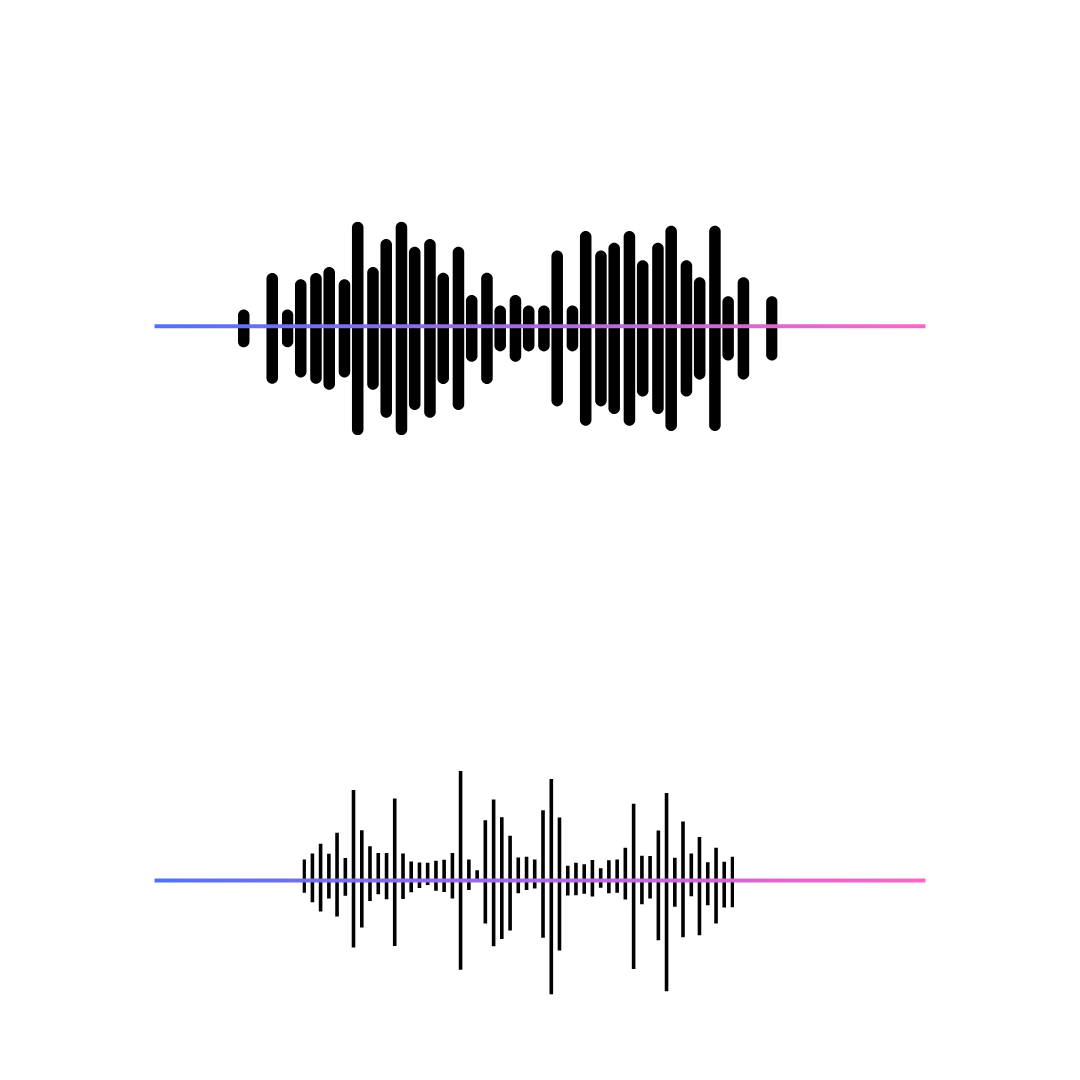Introduction to Speech Emotion Recognition: Fundamentals and Challenges
 Monika Prajapati
Monika Prajapati
Introduction
Speech Emotion Recognition (SER) is an emerging field at the intersection of speech processing, machine learning, and affective computing. It aims to automatically identify the emotional state of a speaker from their voice. This technology has wide-ranging applications, from enhancing human-computer interaction to improving customer service and even aiding in mental health diagnostics. In this article, we'll explore the fundamentals of SER and discuss some of the challenges faced by researchers and practitioners in this field.
Fundamentals of Speech Emotion Recognition
1. The Nature of Emotional Speech
Emotions manifest in speech through various acoustic properties:
Prosody: This includes pitch, intonation, rhythm, and stress patterns. For instance, happiness often correlates with higher pitch and faster speech rate, while sadness typically involves lower pitch and slower speech.
Voice quality: Characteristics like breathiness, creakiness, or tension in the voice can indicate different emotional states.
Spectral features: The distribution of energy across different frequencies in speech can vary with emotional state.

2. Feature Extraction
The first step in SER is to extract relevant features from the speech signal. Common features include:
Mel-Frequency Cepstral Coefficients (MFCCs)
Fundamental frequency (F0) and its derivatives
Energy and intensity-related features
Formants and their bandwidths
Spectral features (e.g., spectral centroid, spectral flux)
Voice quality measures (e.g., jitter, shimmer)
3. Emotion Models
Researchers typically use one of two main approaches to model emotions[1]:
Discrete emotion model: Categorizes emotions into distinct classes like happiness, sadness, anger, fear, disgust, and surprise.
Dimensional emotion model: Represents emotions in a continuous space, often using dimensions like valence (positive-negative) and arousal (active-passive).
4. Machine Learning Techniques
Various machine learning algorithms are employed in SER[2]:
Traditional methods: Support Vector Machines (SVM), Hidden Markov Models (HMM), Gaussian Mixture Models (GMM)
Deep learning approaches: Convolutional Neural Networks (CNN), Recurrent Neural Networks (RNN), especially Long Short-Term Memory (LSTM) networks
Hybrid models: Combining different techniques for improved performance
Challenges in Speech Emotion Recognition
Despite significant progress, SER faces several challenges:
1. Data Scarcity and Quality
Limited datasets: Large, diverse, and high-quality emotional speech datasets are scarce.
Annotation challenges: Emotion labeling is subjective and time-consuming, leading to potential inconsistencies.
Privacy concerns: Collecting real-world emotional speech data often involves privacy issues.
2. Variability in Emotional Expression
Individual differences: People express emotions differently based on personality, culture, and context.
Intensity variations: The same emotion can be expressed with varying intensities.
Mixed emotions: Real-world scenarios often involve complex, mixed emotional states.
3. Context Dependency
Linguistic content: The meaning of words can influence emotion perception.
Situational context: The same vocal characteristics might indicate different emotions in different contexts.
Cultural differences: Emotional expression and perception can vary significantly across cultures.
4. Robustness Issues
Background noise: Real-world applications often involve noisy environments.
Channel effects: Different recording devices and transmission channels can affect speech quality.
Speaker variability: Differences in age, gender, and accent can impact emotional cues.
5. Generalization and Transfer Learning
Domain adaptation: Models trained on one dataset often perform poorly on others.
Cross-lingual challenges: Developing systems that work across multiple languages is difficult.
6. Ethical Considerations
Privacy concerns: SER technology could potentially be misused for surveillance.
Bias and fairness: Ensuring that SER systems work equally well for all demographic groups is crucial.
Transparency: The "black box" nature of some machine learning models raises concerns about interpretability.
Future Directions
As research in SER progresses, several promising directions emerge:
Multimodal approaches: Combining speech with facial expressions, text, and physiological signals for more accurate emotion recognition.
Continuous emotion recognition: Moving towards real-time, continuous emotion tracking rather than static classification.
Transfer learning and few-shot learning: Developing techniques to adapt models with minimal data in new domains or languages.
Explainable AI: Creating more interpretable models to understand which features contribute to emotional predictions.
Personalization: Developing adaptive systems that can learn individual emotional expression patterns.
Conclusion
Speech Emotion Recognition is a fascinating and challenging field with immense potential for improving human-computer interaction and various real-world applications. While significant progress has been made, many challenges remain, presenting exciting opportunities for future research and innovation. As we continue to advance our understanding of emotional expression in speech and develop more sophisticated machine learning techniques, we can look forward to increasingly accurate and robust SER systems that can enhance our daily lives in numerous ways.
References:
Liu, Ningning & Wang, Kai & Jin, Xin & Gao, Boyang & Dellandréa, Emmanuel & Chen, Liming. (2017). Visual affective classification by combining visual and text features. PLOS ONE. 12. e0183018. 10.1371/journal.pone.0183018.
Madanian, Samaneh & Chen, Talen & Adeleye, Olayinka & Templeton, John M. & Poellabauer, Christian & Parry, Dave & Schneider, Sandra L. Speech emotion recognition using machine learning — A systematic review, Intelligent Systems with Applications, Volume 20, 2023, 200266, ISSN 2667-3053
Subscribe to my newsletter
Read articles from Monika Prajapati directly inside your inbox. Subscribe to the newsletter, and don't miss out.
Written by
